Before trucks became family cars with leather seats and lane-keep assist, Chevrolet and GMC laid down the blueprint with the first-gen C/K Series. Introduced in 1960, these pickups brought serious updates—like a brand-new frame, smoother suspension, and a body that didn’t look like it came off a tank.
They weren’t flashy, but they were ahead of their time. With better ride quality, real engine variety, and new trim options, GM started building trucks people actually wanted to drive, not just work into the ground. These early C/Ks didn’t just haul—they changed the way America viewed pickups.
A New Frame for a New Era
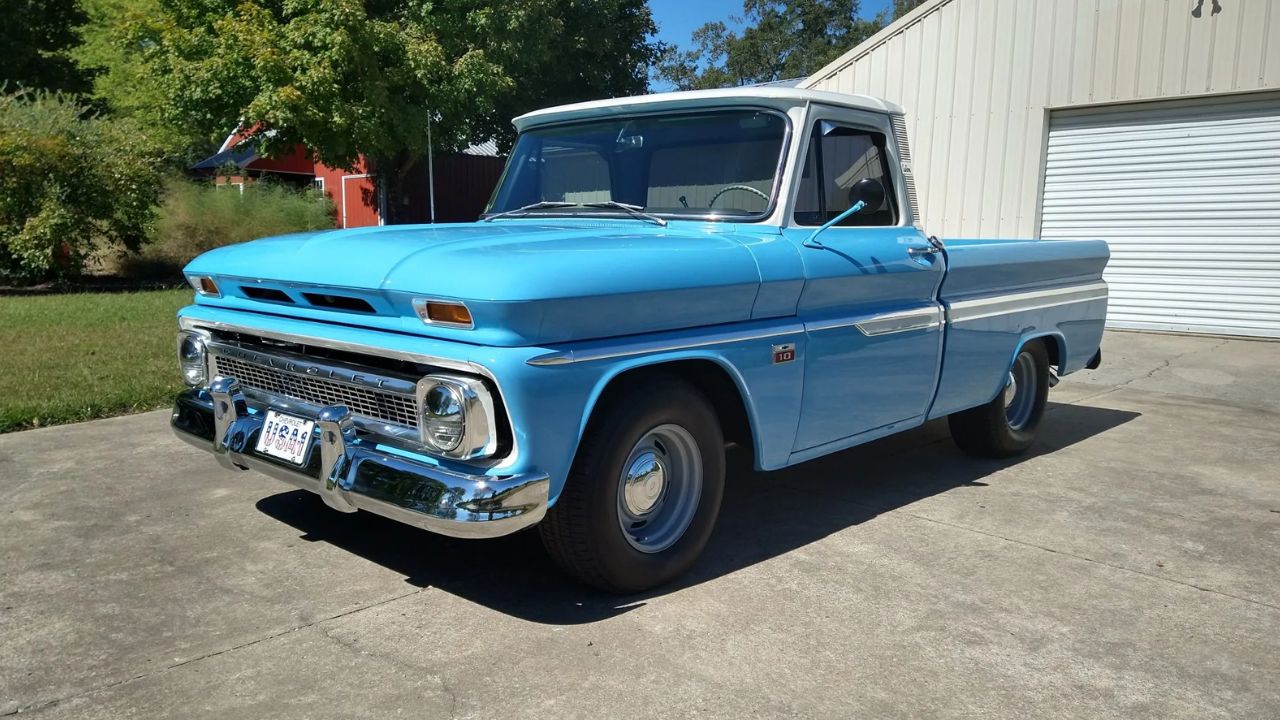
When the first-gen C/K Series debuted in 1960, it marked a major shift in how Chevy and GMC approached truck design. Instead of the traditional straight frame, these trucks rode on a drop-center ladder frame, which allowed for a lower cab and improved ride quality.
This wasn’t just cosmetic. The lower ride height made loading cargo easier, while ride comfort was noticeably better than previous models. It was the first time GM treated pickups as dual-purpose vehicles—capable of hauling, but not punishing to drive empty.
Independent Front Suspension Comes to Trucks
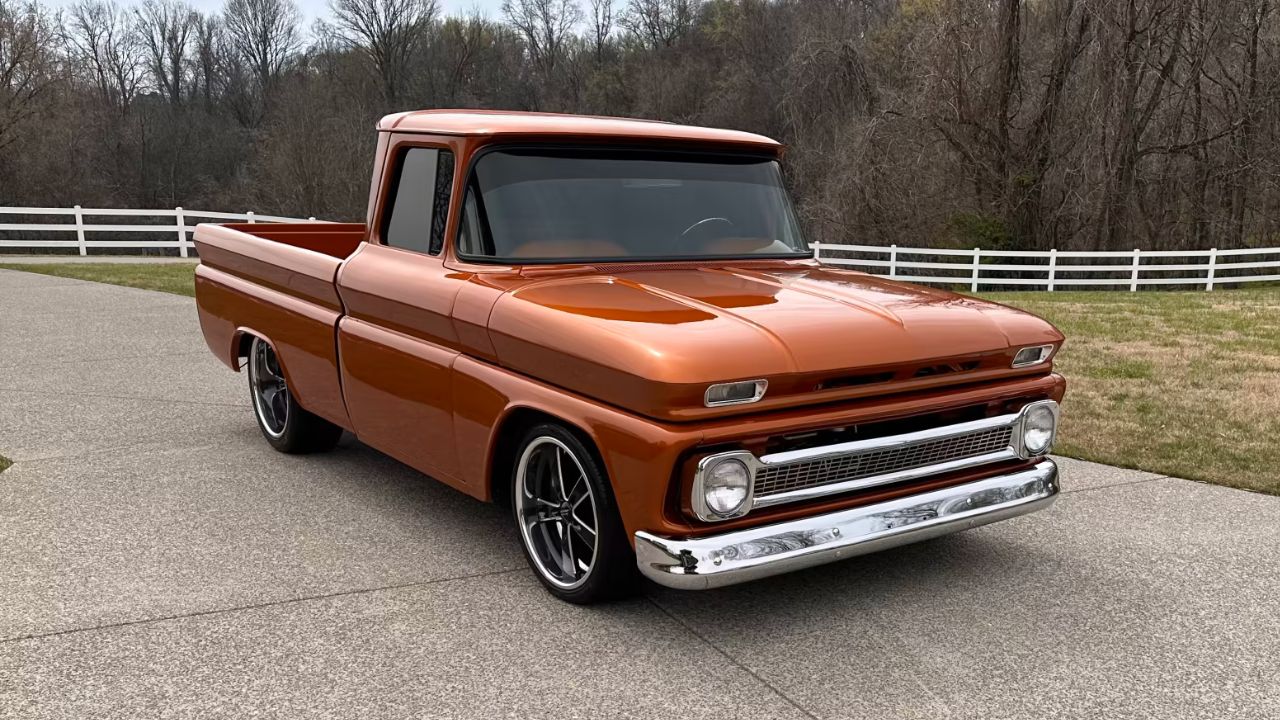
One of the most important updates in the C/K Series was the introduction of independent front suspension—unusual for a full-size pickup at the time. Chevy’s torsion bar setup on 1960–62 models helped smooth out the ride considerably.
By 1963, the front suspension was revised to a more conventional coil-spring setup, which remained through the end of the generation. Either way, this was a big move toward making trucks more comfortable to drive without sacrificing payload or stability when loaded.
C for 2WD, K for 4WD
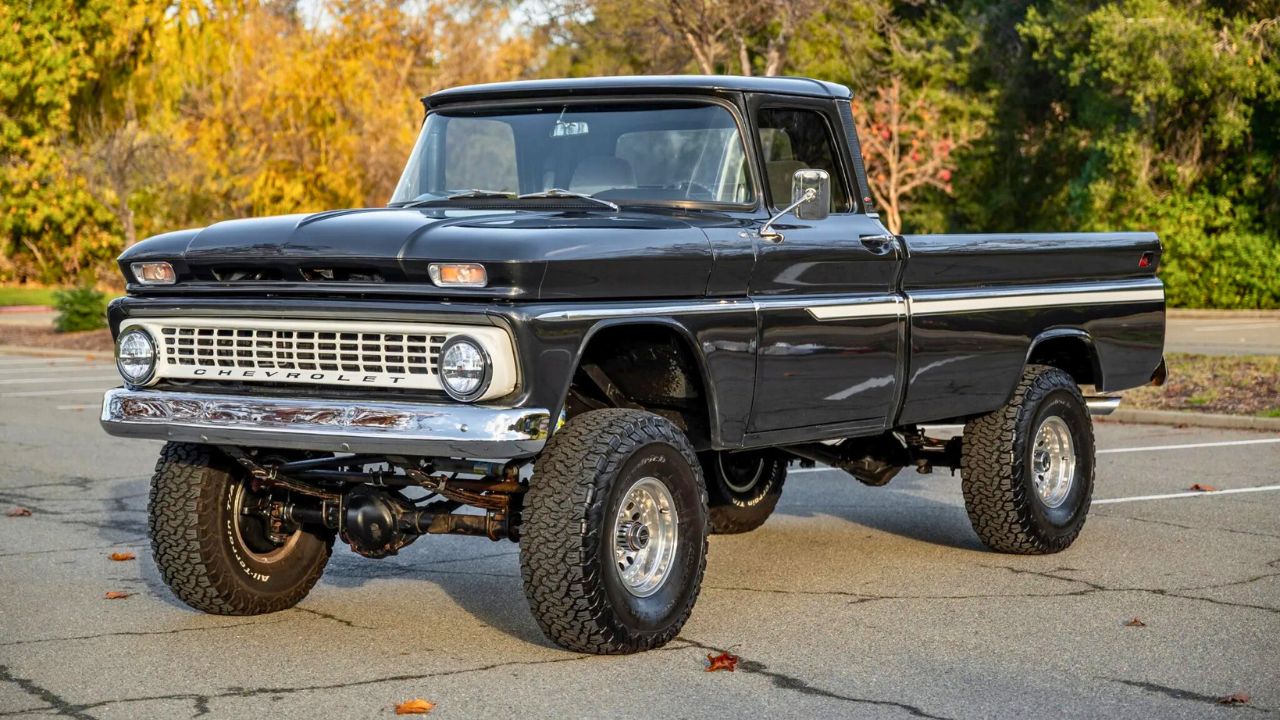
The C/K naming convention started with this generation—“C” for two-wheel-drive models and “K” for four-wheel drive. This simple system made it easier for buyers and dealers to identify drivetrain options at a glance.
Four-wheel drive models used a solid front axle and leaf springs, in contrast to the IFS found on C-trucks. The 4×4 versions were more work-focused, but both variants helped define what would become one of GM’s most successful truck platforms of the 20th century.
The Fleetside vs. Stepside Debate
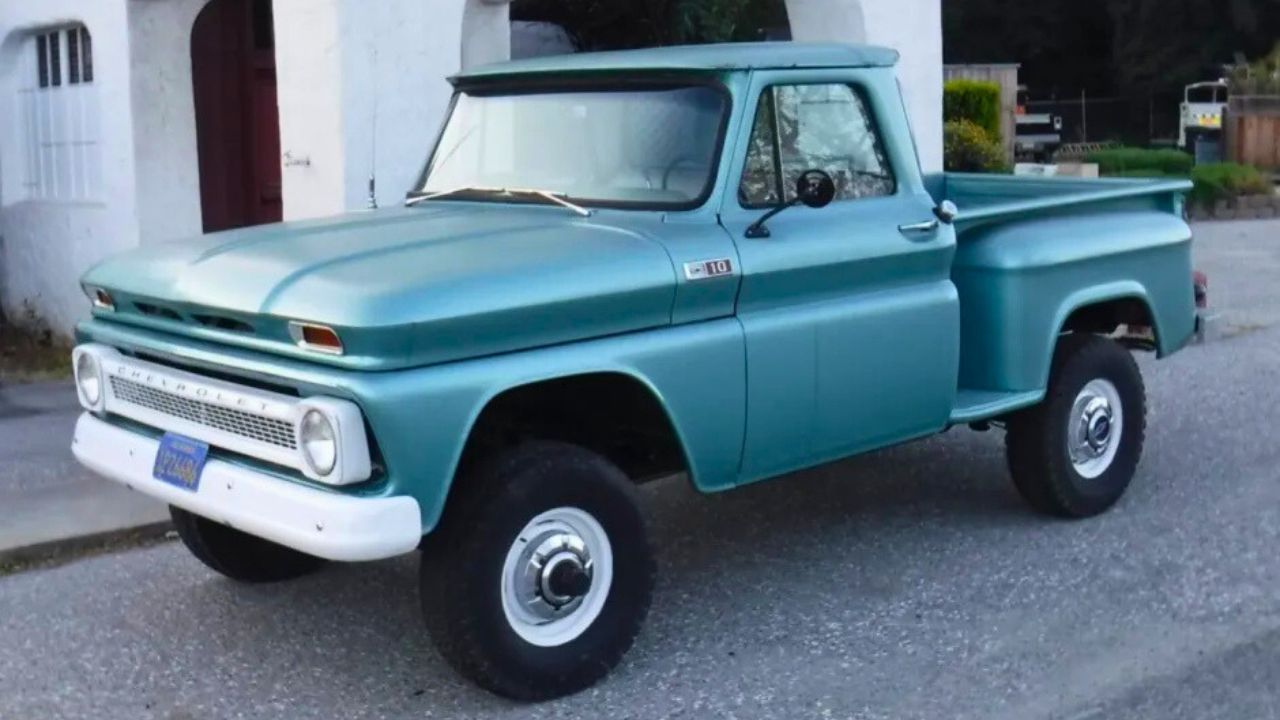
Chevy gave buyers two bed options: the clean-lined Fleetside or the more utilitarian Stepside. The Fleetside featured slab-sided styling and a wider bed floor, while the Stepside offered external fenders and easier access to the wheel wells.
Fleetsides were generally preferred by buyers who liked the more modern look, especially after the 1964 redesign. But Stepsides remained popular with farmers and tradesmen for their simplicity and repair-friendly layout. Both styles have their fans in the collector world today.
A Range of Engines for Every Job
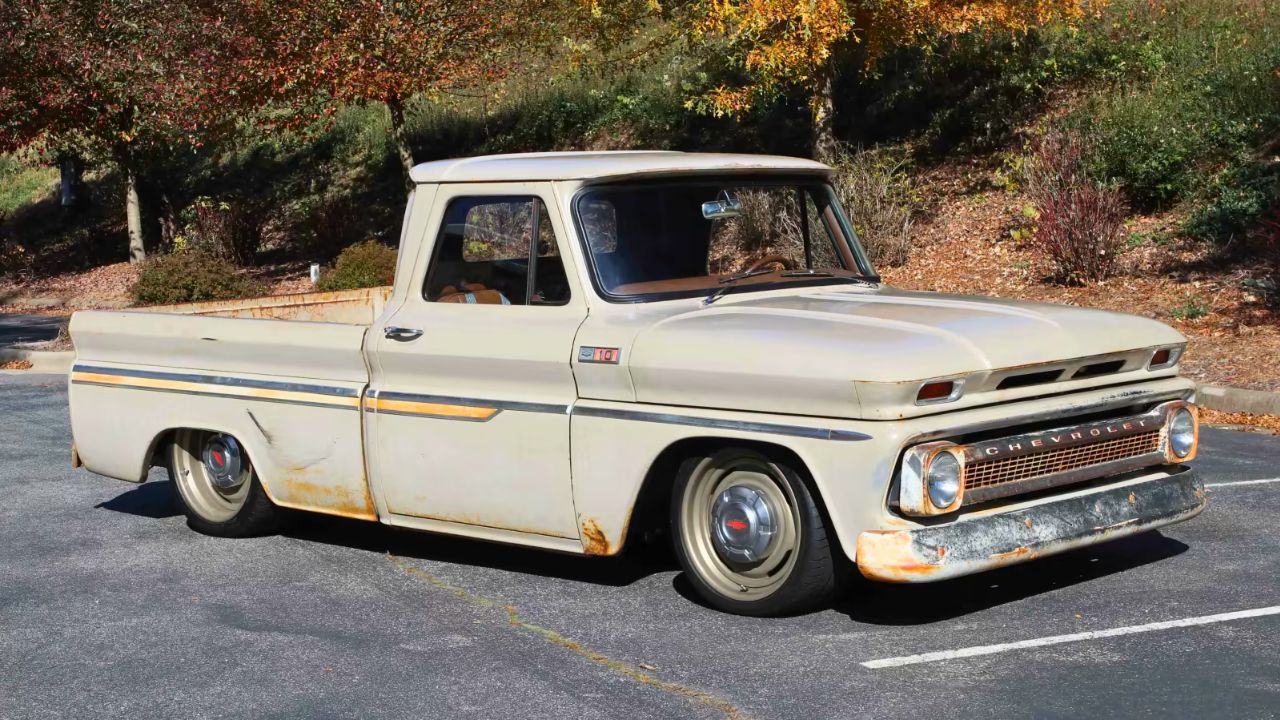
The first-gen C/K trucks offered a wide range of engine choices. Inline-six engines were standard—starting with the 235ci “Thriftmaster,” then later the 230 and 250ci straight-sixes. These were reliable workhorses with modest torque and great longevity.
For more grunt, V8s were optional. The 283ci small-block V8 was a popular choice, producing around 160–175 hp depending on year. These trucks weren’t built for speed, but the torque from the V8s gave them serious pulling power when properly equipped.
The 1963 Frame Redesign Improved Strength
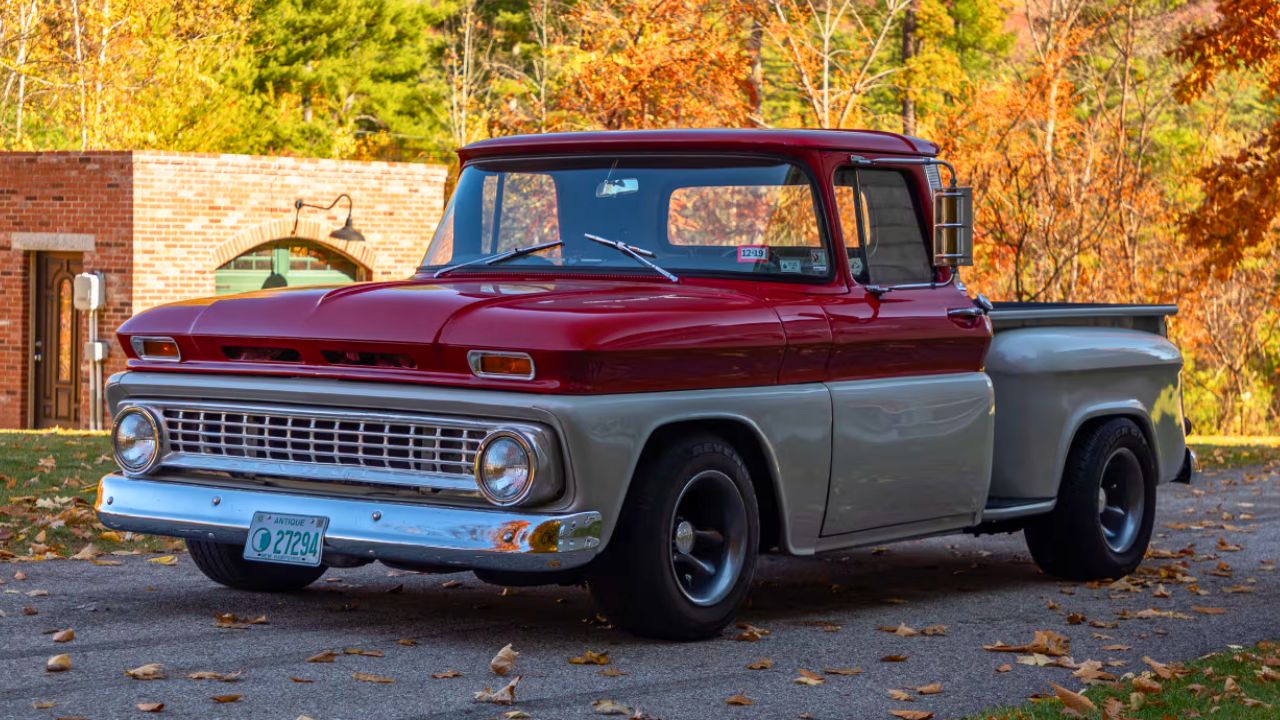
In 1963, GM made key changes to the C/K frame. The torsion bar front suspension was swapped out for a more rugged coil-spring setup, and the frame rails were strengthened to handle heavier loads and more powerful engines.
This redesign improved durability and towing capability. When equipped with the right axle and engine combo, properly outfitted trucks could tow up to 7,000 pounds. It also laid the foundation for more modern ride quality and handling in future GM trucks.
GMC Models Were More Than Badge Swaps
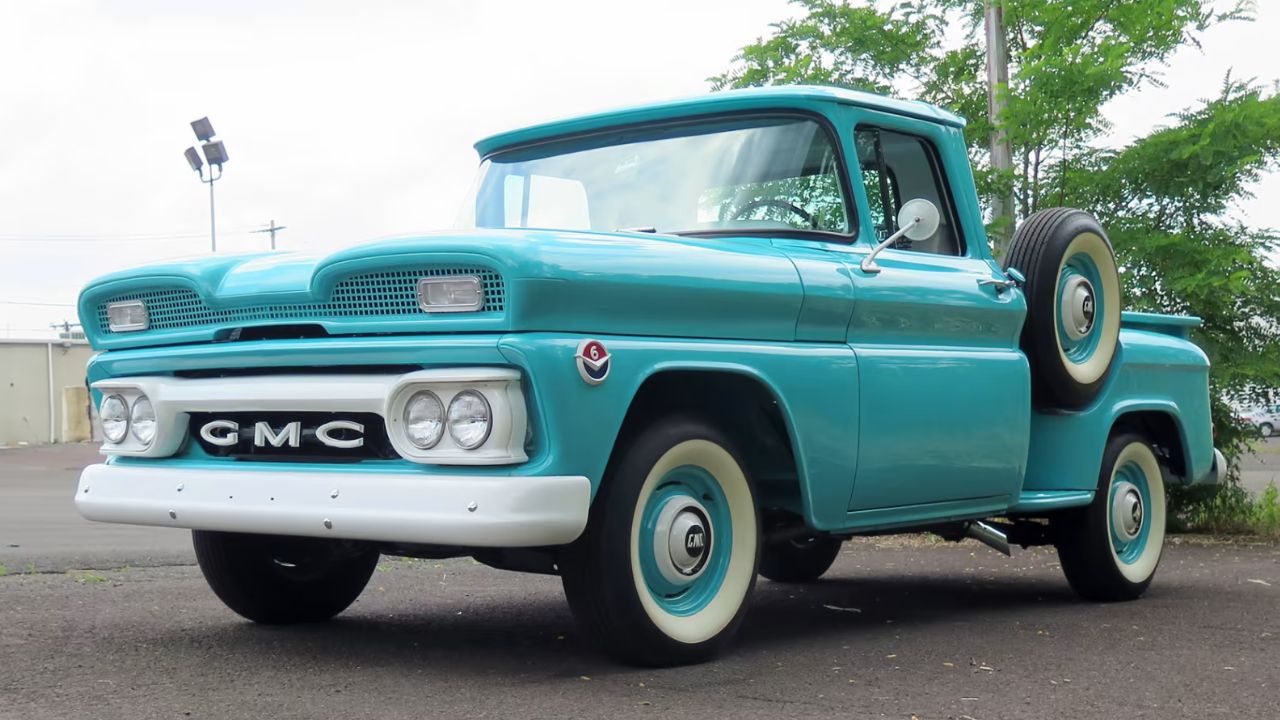
While GMC and Chevy shared the same body and frame, there were subtle differences. GMC trucks often came with different engines, including GMC-built inline sixes like the 270 and 305ci V6s—not found in Chevrolet’s lineup.
GMCs also had unique badging, trim variations, and often a slightly more upscale image. They were marketed more heavily toward commercial and fleet use, but private buyers appreciated the extra torque from the V6 options—even if they were heavier than Chevy’s small-blocks.
Big Back Window Became a Popular Option
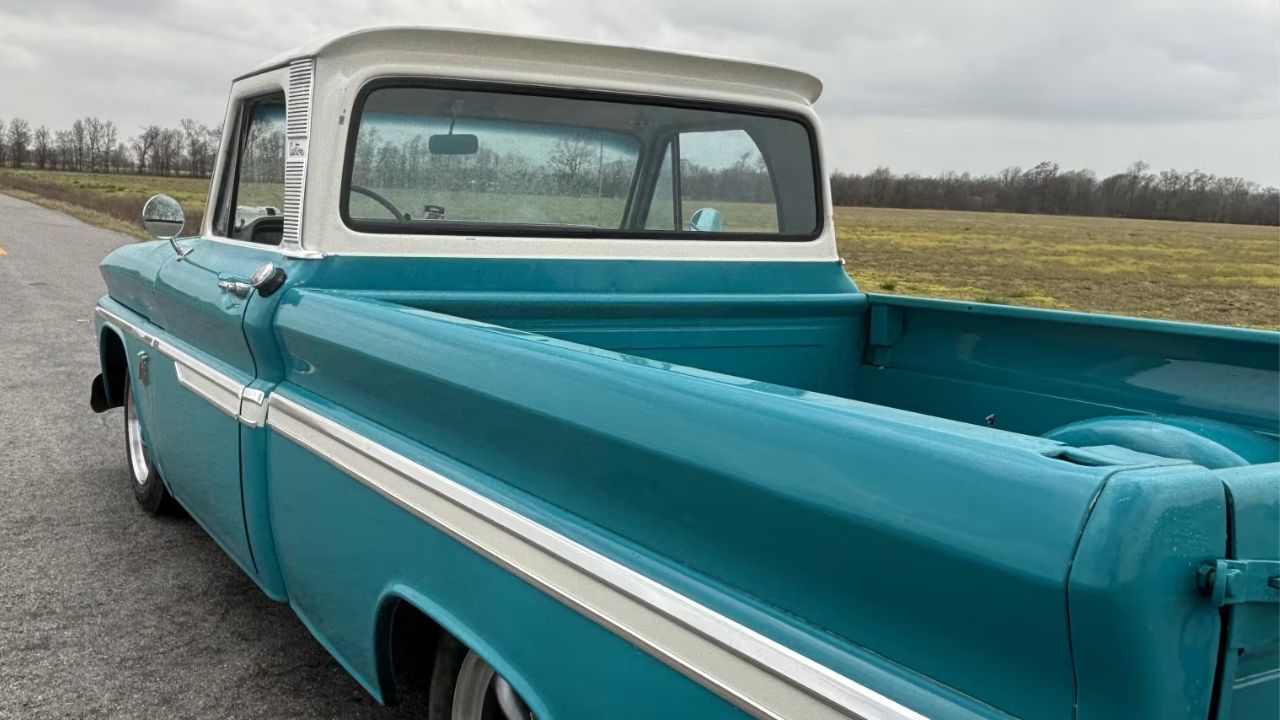
The “Panoramic” rear window option—better known today as the Big Back Window—is a favorite among collectors. It offered improved rear visibility and gave the cab a more open, airy feel.
Initially an upscale option on Custom Cab models, it gradually gained popularity and became available on more trim levels. Today, trucks with this option are worth a premium, especially when paired with rare factory features like air conditioning or deluxe trim.
Mid-Cycle Styling Updates in 1964
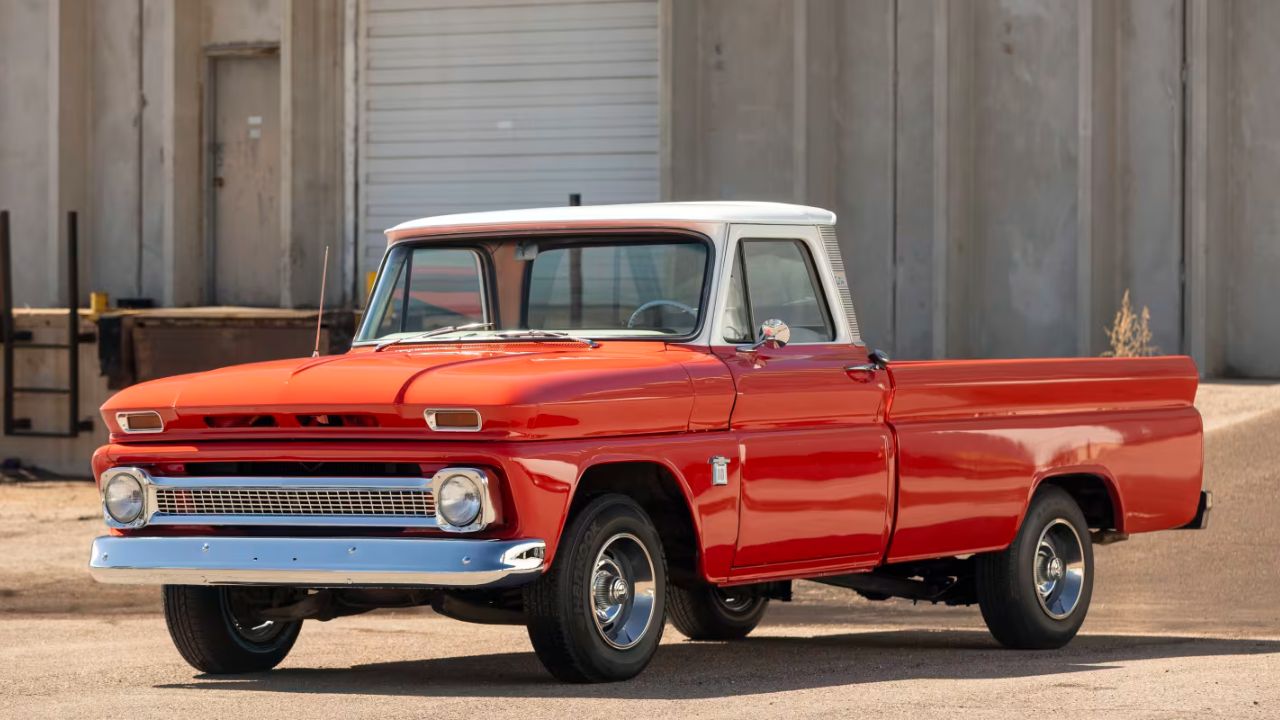
In 1964, the C/K lineup got a styling refresh that smoothed out some of the quirkier lines from the 1960–63 models. Gone were the “eyebrow” hoods and wraparound windshields, replaced by a flatter front fascia and more conventional sheet metal.
These changes gave the trucks a cleaner, more modern appearance, which appealed to both commercial and personal-use buyers. The 1964–66 models are often the most desirable among collectors thanks to their balance of classic style and mechanical improvements.
They Helped Set the Stage for the Modern Pickup
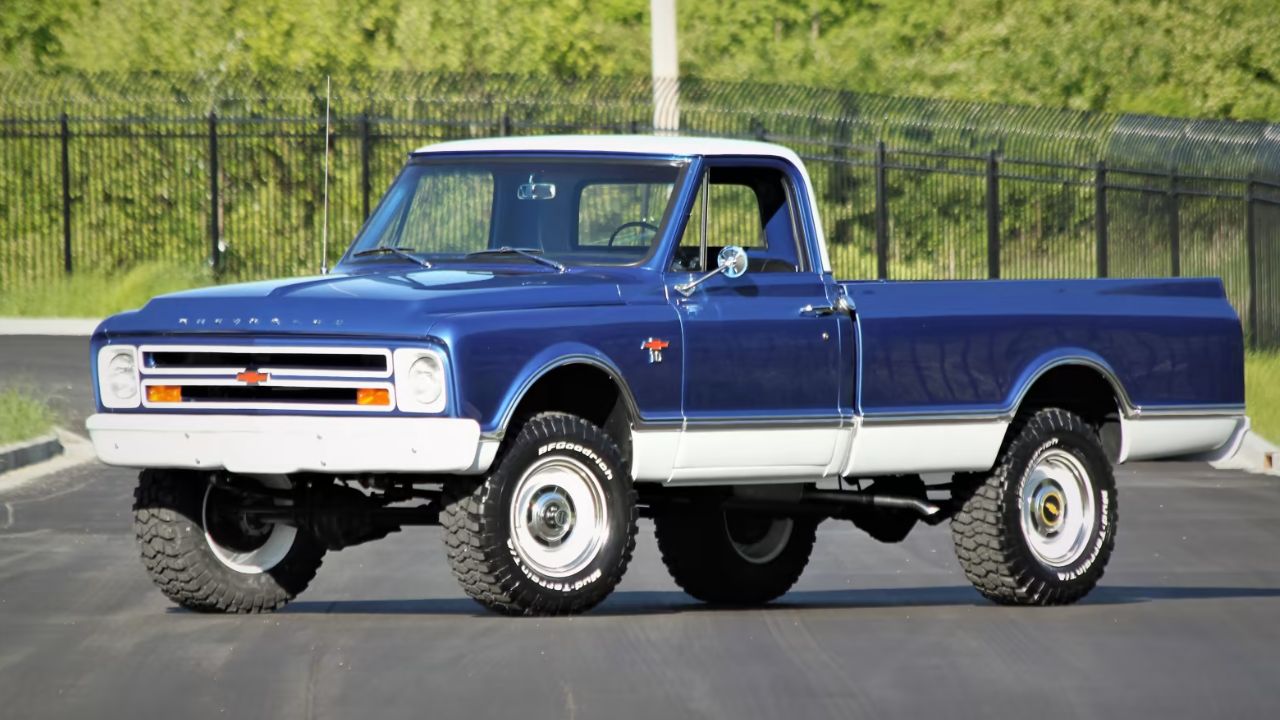
The first-generation C/K pickups were more than just work trucks—they marked GM’s transition toward building pickups that could do double duty. With smoother rides, improved interiors, and a growing list of options, they opened the door for personal-use trucks.
They also laid the foundation for the legendary second-gen C/K trucks that followed in 1967. Whether restored, modified, or left as farm-worn survivors, these early C/Ks are now respected as an important turning point in American truck history.
Like what you read? Here’s more by us:
*Created with AI assistance and editor review.

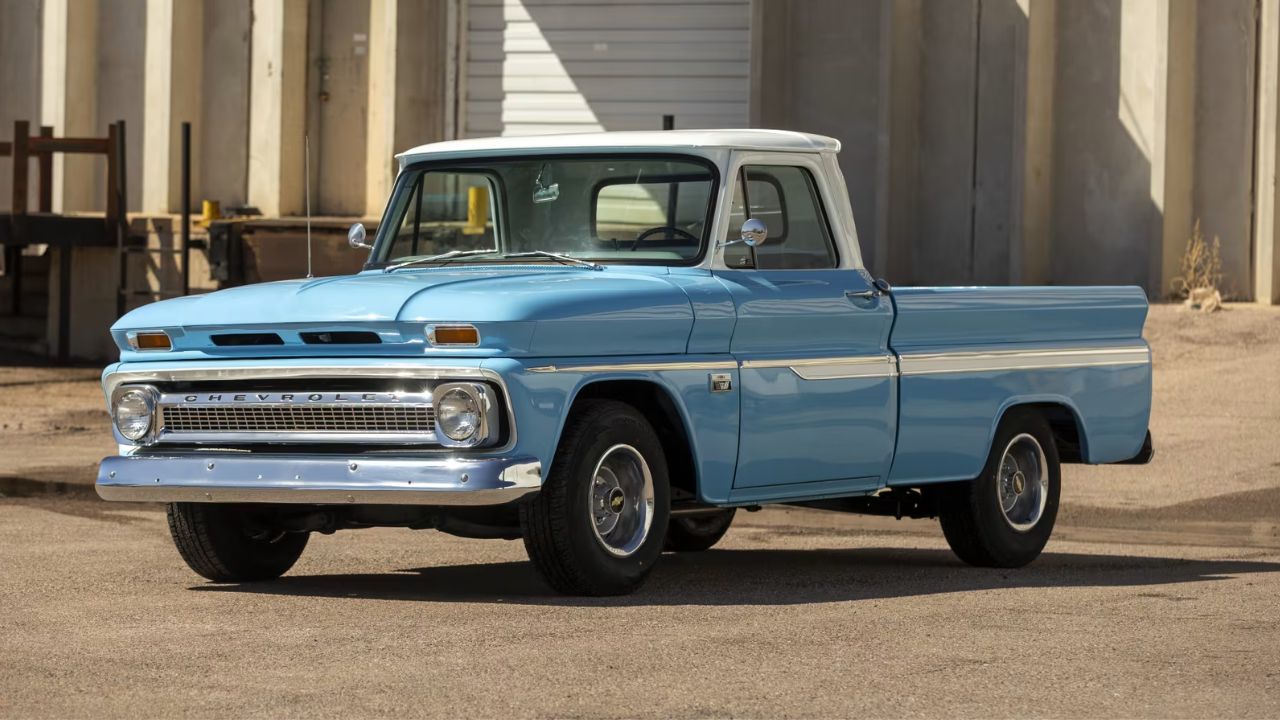
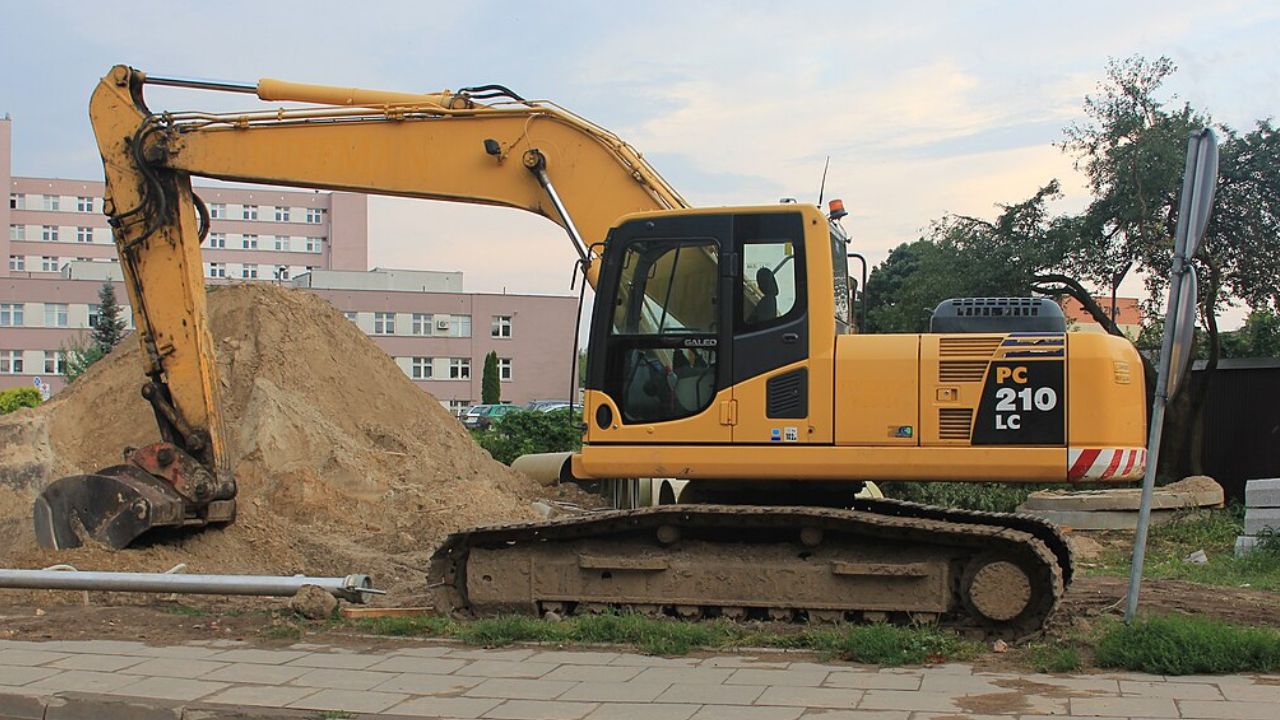
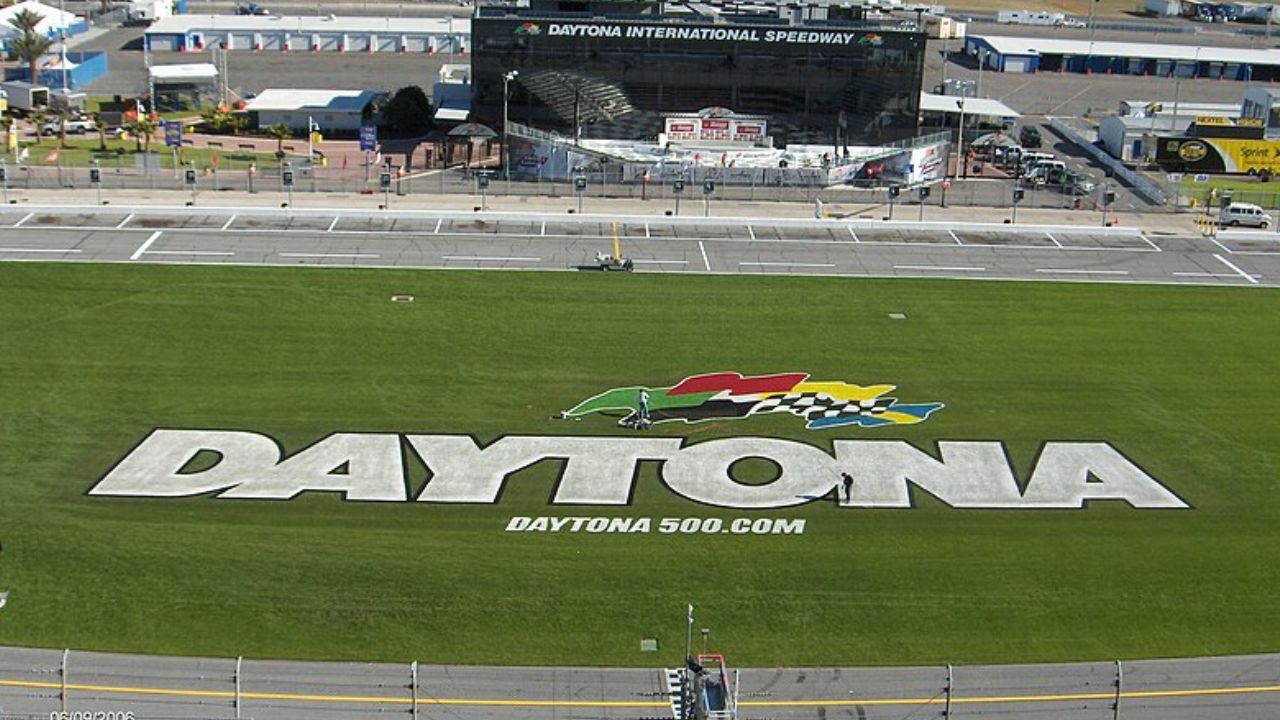
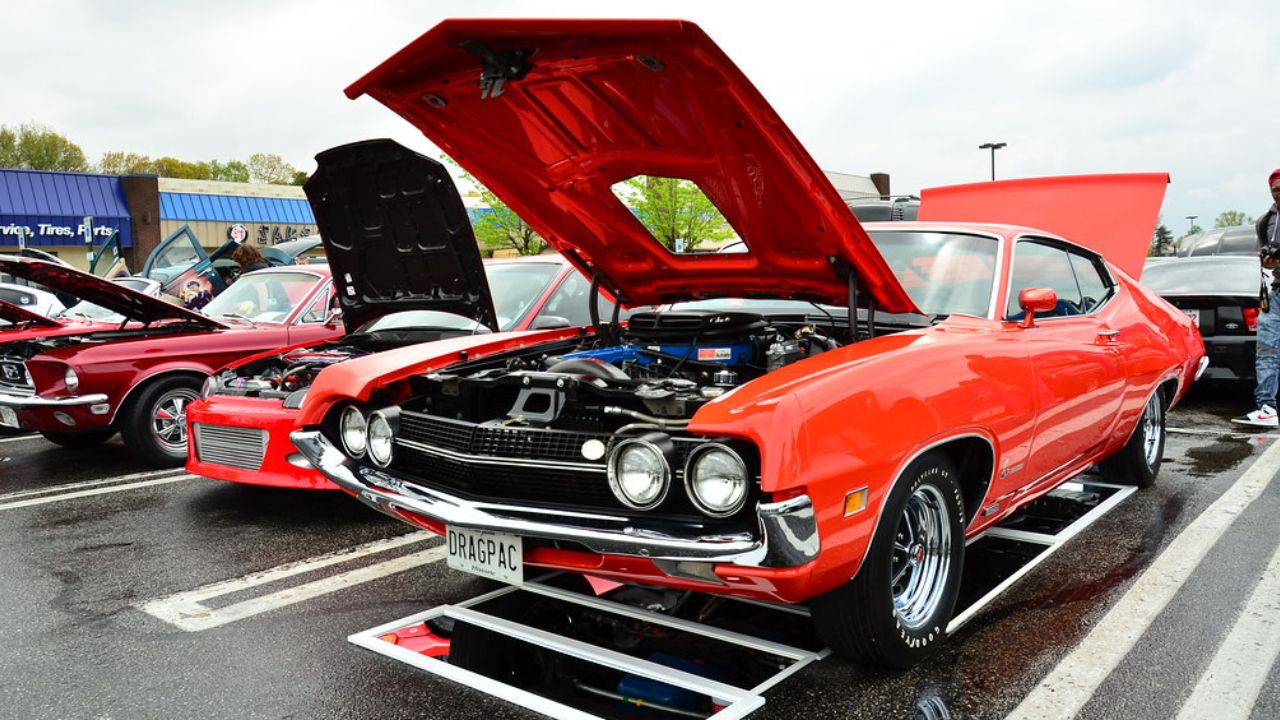

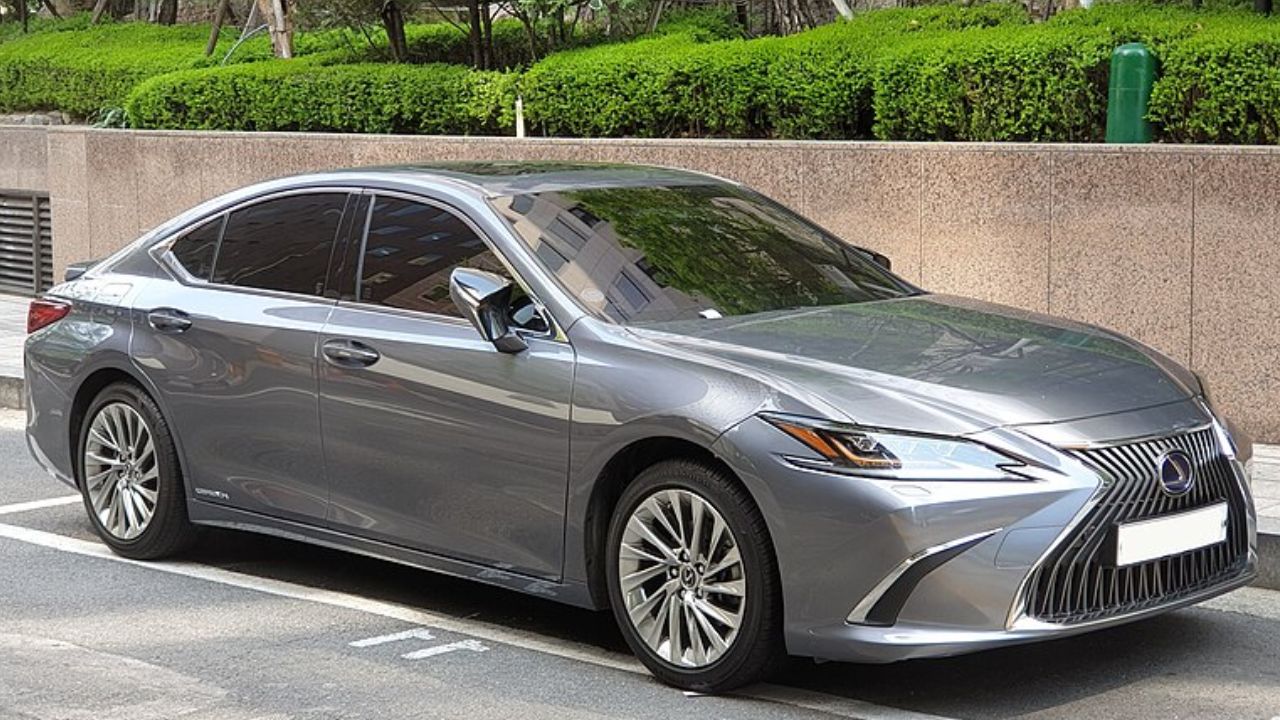
Leave a Reply